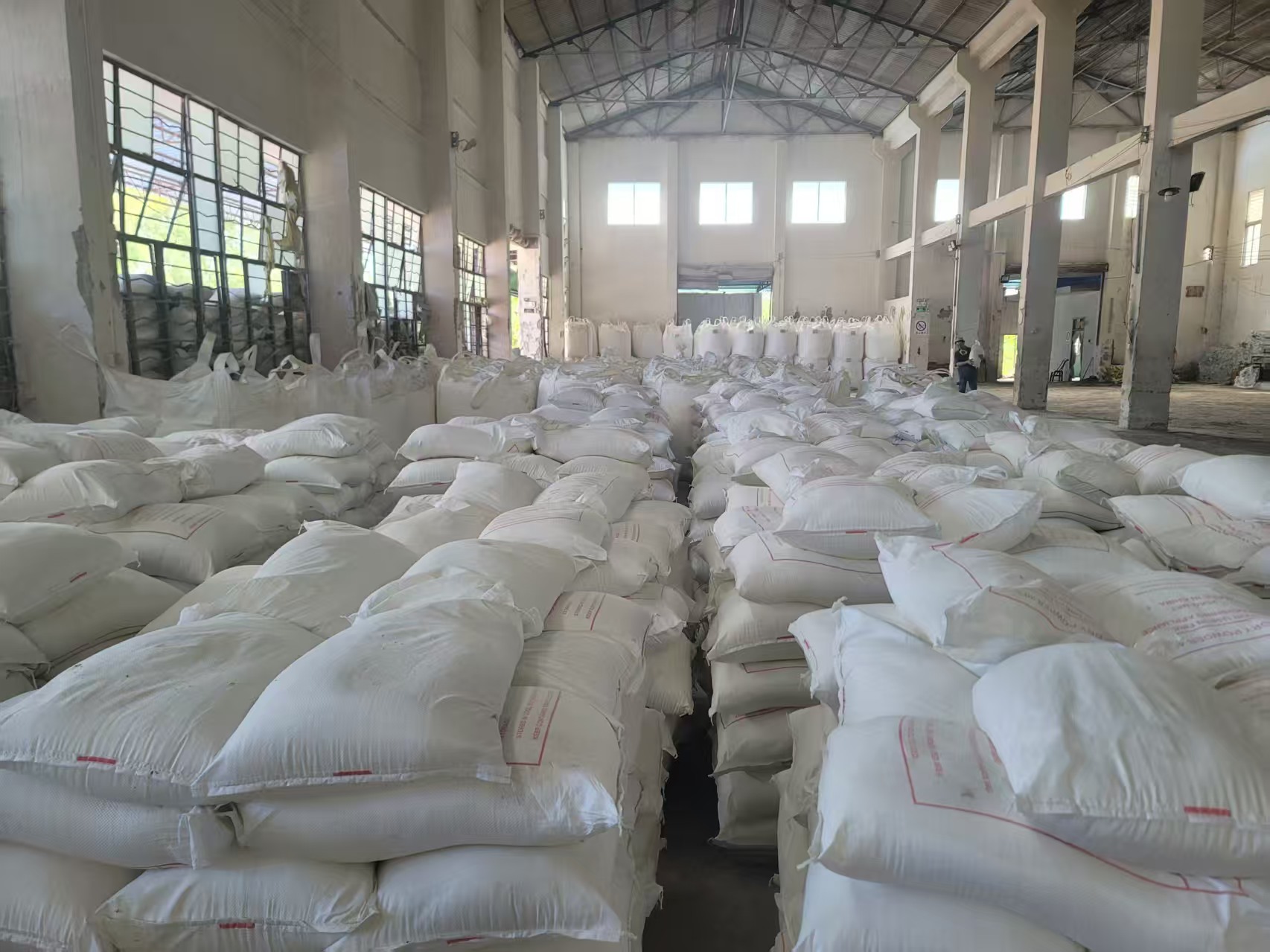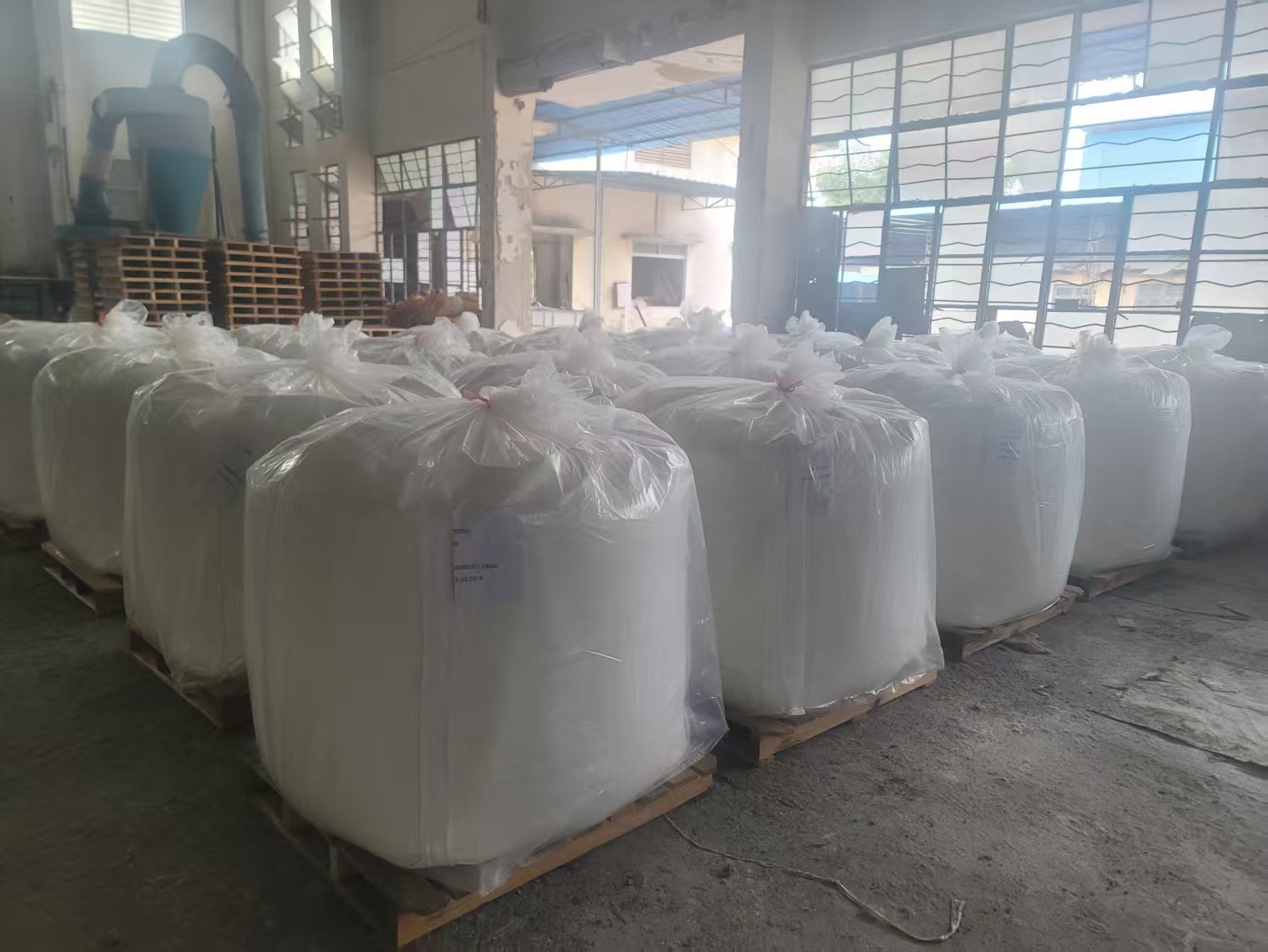Preventing Caking of Dry Powder Fire Extinguishing Agents: 5 Essential Storage Steps in Hot and Humid Conditions
Introduction
The dry powder fire extinguishing agent is an essential part of modern fire protection strategies due to its rapid and effective suppression of various fire types. However, improper storage in hot and humid conditions can lead to caking, significantly reducing its effectiveness. This blog explores five essential steps to ensure that these agents remain free-flowing and functional, improving overall fire safety.
We’ll address how moisture control and optimal storage conditions play a vital role in preserving the integrity of the fire suppressant. You'll learn actionable methods to maintain your extinguishing agent's performance while adhering to best practices in fire safety.
1. Understanding Why Caking Happens
Caking is the clumping or hardening of powders due to moisture and temperature fluctuations. When a dry powder fire extinguishing agent absorbs ambient humidity, its particles bond together, forming solid masses that are difficult to disperse during an emergency. This reduces the agent’s ability to effectively suppress flames and undermines your overall fire safety strategy.
The key to preventing caking is to minimize the exposure of the agent to high humidity and temperature. Proper storage conditions make a significant difference.
2. Step One: Use Airtight, Moisture-Resistant Containers
To limit the impact of moisture, always store agents in containers that are designed to be airtight and moisture-proof. These containers should be sealed tightly after every use. Specialized drums with built-in humidity barriers are excellent for this purpose.Utilize appropriate containers to improve the storage conditions for dry powder.
Label these containers with usage and inspection dates and place them in designated storage areas optimized for fire safety and moisture control.
3. Step Two: Monitor Storage Environment Conditions
Installing humidity and temperature monitors in your storage area allows real-time tracking of environmental conditions. The ideal storage conditions for these agents include a temperature range of 15–25°C (59–77°F) and relative humidity below 50%.
If the storage conditions exceed these limits, consider using dehumidifiers or air conditioning systems to reduce moisture buildup and maintain reliable anti-caking protection.
|
|
4. Step Three: Rotate Stock Regularly
Regular rotation of inventory ensures that no container remains stored for too long. This helps identify any early signs of caking and degradation. When using a dry powder fire extinguishing agent, ensure you apply a first-in, first-out (FIFO) system.
Timely inspections ensure adherence to moisture control and proper handling procedures, minimizing risks to fire safety.
5. Step Four: Conduct Routine Quality Checks
Implement routine testing to detect early signs of caking. You can perform flowability tests and moisture content analysis as part of your quality control regimen.Store the dry powder under good storage conditions to ensure its quality.
Quality assurance in anti-caking is not just about preserving product integrity—it’s a proactive investment in your fire safety infrastructure. Inspections should include a review of storage conditions, container integrity, and agent performance.
6. Step Five: Use Anti-Caking Additives If Necessary
In some cases, manufacturers offer additives that help improve the anti-caking properties of a dry powder fire extinguishing agent. These additives are specially formulated to reduce the surface tension between particles, preventing them from sticking together.
Before using additives, consult your agent supplier to ensure compatibility and compliance with your intended fire safety standards.
Conclusion
Preserving the effectiveness of your dry powder fire extinguishing agent requires a proactive approach focused on moisture control, ideal storage conditions, and regular inspections. By following the five steps outlined in this blog, you can maintain your agent’s flowability and ensure rapid response in the event of a fire.
Remember, proper anti-caking practices and vigilant fire safety protocols can make the difference between successful suppression and failed intervention.
Keep your storage dry, rotate your stock, monitor environmental factors, and you’ll have a reliable dry powder fire extinguishing agent whenever you need it.



